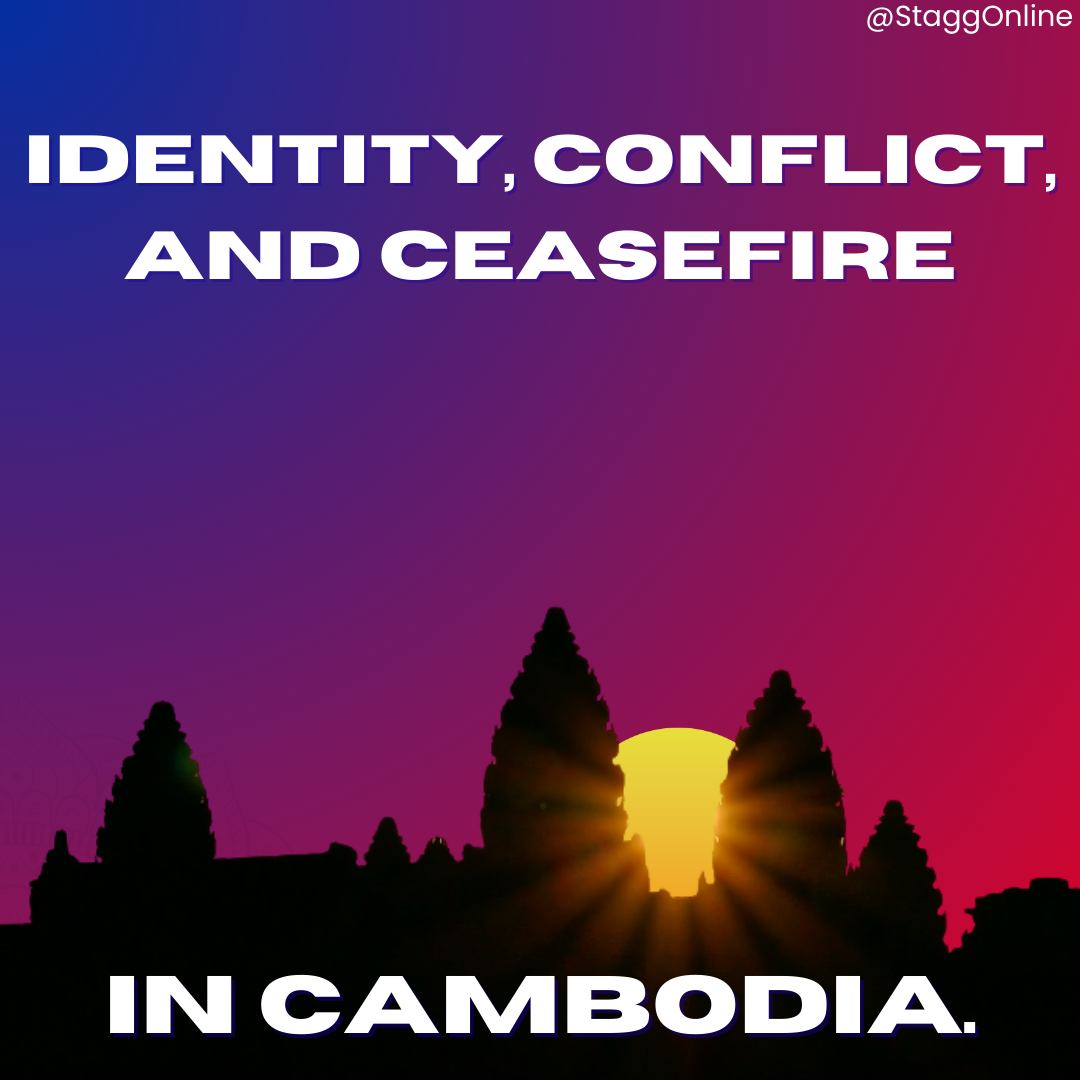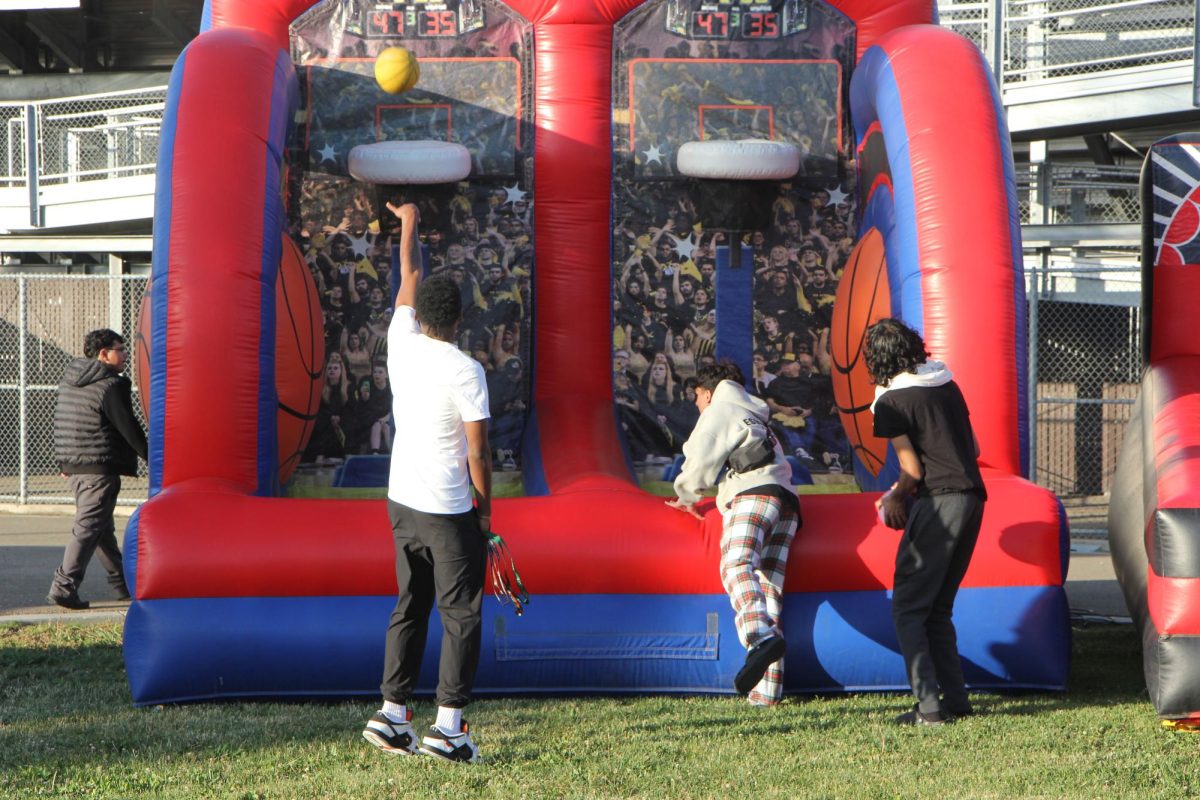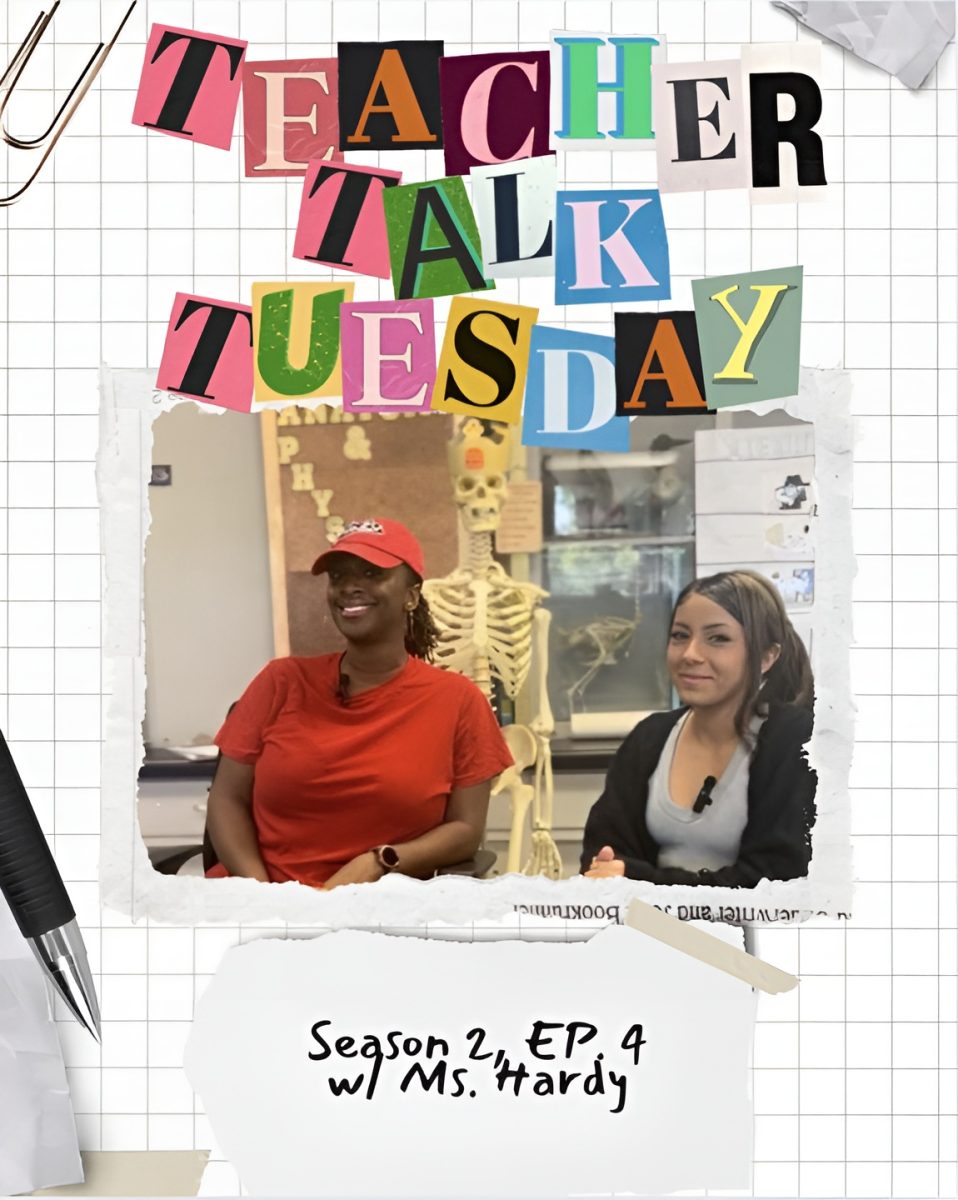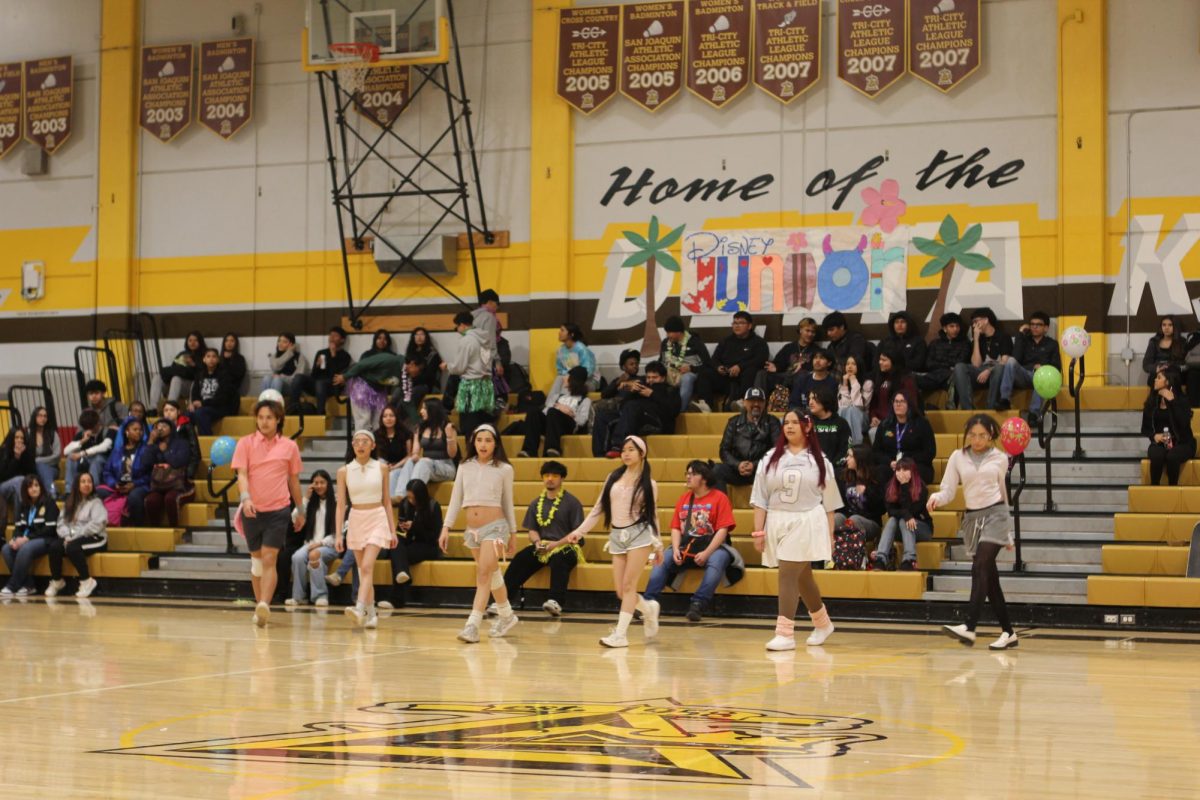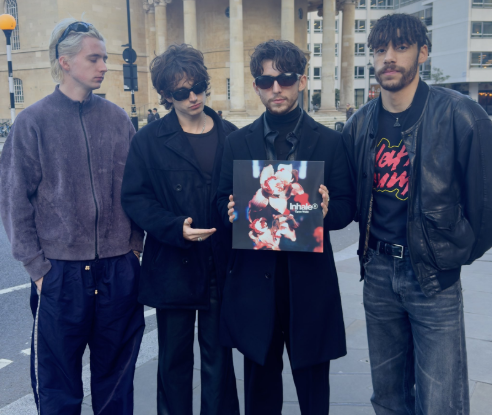Childhood is thought of as a time of milestones: starting school, learning to ride a bike, joining a Little League team. This was not Benjamin Otecks’ experience.
“We were trained as kids to defend our cows, shoot guns, and walk miles to school,” he said.
Otecks is from Uganda and on his recent trip to America he made a stop at Stockton Covenant Church to share his story and what he calls “the truth behind Kony.” Otecks and his wife, whom he met through her missionary work in Uganda, came to the church March 26 at the request of youth director Cori Sinclair.
Sinclair met Otecks in his homeland of Uganda while working in the same area where the Kony video was filmed.
“They were here visiting from Uganda,” Sinclair said. “It was good timing with all the Kony stuff going on.”
Otecks gave an account of life in Uganda in the hostile environment of Kony’s attacks. Two of Otecks’ brothers and his sister were taken in the night by Kony’s forces. Otecks was spared by what he calls “the grace of God.”
Otecks and his wife run Favor of God Ministries out of Gulu, Uganda. Their organization rehabilitates Kony’s child soldiers and assists their families, both difficult tasks complicated by the after-effects of war. It was not an uncommon thing to have an escaped child wake in the night and kill his parents, a lingering effect of their training.
According to Otecks, Kony is currently hiding in a forest between Congo and Northern Africa. In addition to this theory, Otecks also presented his belief that the now-infamous Kony video is “10 years late” – that is, Otecks says the war and resulting atrocities depicted in the video happened a decade ago.
Senior Madison Sadler, however, has qualms with the entire Kony 2012 movement.
“It’s more of a status update than anything else at this point,” she said. “No one (here) knows what’s actually going on (in Uganda) anyway.”
Junior Carol Amaya appears to be of the same mind. “People really don’t know what to believe because there are a lot of contradictions.”
After attending Otecks’ presentation, senior John Hart was struck by the possible inaccuracies of the Kony video. “It’s like commercials,” he said. “They want to show you what they want to show you.”
Regardless of the video’s legitimacy, there are some who see the overall value of the movement, considering the mass effects in the realms of social media.
Sophomore Jannetha Thon noted the value it has had in getting youth involved in the world around them. “I’ve seen teenagers at work before,” she said. “Just one teenager can have an idea and everyone else gets into it.”
Fellow sophomore Johnathon Edmonds seems to agree. “That’s what everybody needs – someone to change the world.”




